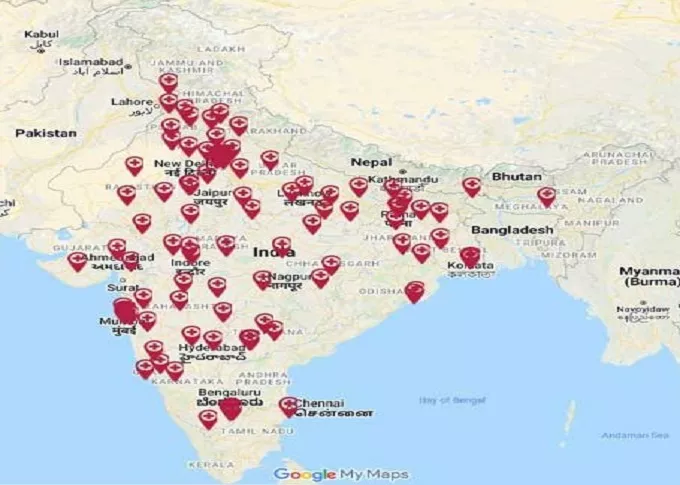Pregnancy Term & Calculator
A pregnancy calculator week by week helps account for all that progress. The calculators are essential in understanding and following up with the baby's developmental stages and in preparing for the needs of each pregnancy trimester. Other calculators, like the pregnancy month calculator, measure data in months, which may be more feasible for some parents.
Calculate Now!

Myth: Pregnancy calculators can determine the exact date of conception.
Fact: They estimate conception based on your last period but can't pinpoint the exact date due to ovulation and sperm survival variations.
Congratulations!
Hey there! Your estimated due date is
Your baby was most likely conceived on
You have been pregnant for
and
* The result is an estimate assumed for single pregnancy.
Results for multiple pregnancies may differ.
- Trimester 1
Jul 15 - Oct 13 - Trimester 2
Jul 15 - Oct 13 - Trimester 3
Jul 15 - Oct 13
Pregnancy Due Date Calculator: Track Your Journey Week by Week
Pregnancy is a significant transition over 40 weeks. Each week marks a different milestone in development, from a single fertilised cell to a fully formed baby. However, wondering when your baby may arrive isn’t just curiosity; it's an integral part of prenatal care, important for ensuring your health and preparing for the day your baby arrives.
This is where the pregnancy due date calculator comes in. It will help not only your doctor but also you as a parent to mark the trajectory of the next 9 months so that you feel healthy, prepared and restful without worry.
What Is a Pregnancy Due Date Calculator?
A pregnancy due date calculator is a medical prediction tool that estimates your baby's Estimated Due Date (EDD), the day you are most likely to give birth. The calculator is basically a 40-week countdown from:
- The first day of your last menstrual period (LMP), or
- The exact date of the conception (if you know).
While only a small proportion of women give birth on the exact due date, it still provides a useful reference point for tracking your baby’s development and scheduling important prenatal tests and scans.
What Are the Key Stages of Pregnancy (Week by Week)?
As mentioned earlier, pregnancy is a 40-week-long journey, or approximately 9 months. These months are further divided into 3 trimesters based on the baby's developmental stage. Understanding these trimesters helps estimate many things about the growing baby, including the due date. So, let’s understand how these trimesters will go week by week:
First Trimester (Weeks 1–12): The Foundation of Life
- Weeks 1-4 : Fertilisation and implantation happen during this time. The embryo develops, and by week 4, the placenta begins to develop.
- Weeks 5-8 : The baby's heart begins to beat at this age, and tiny facial features begin to emerge. You might start to experience early pregnancy symptoms such as nausea and fatigue.
- Weeks 9-12 : The baby's major organs, muscles, and nerves develop. At the end of this stage of pregnancy, your little one is officially called a foetus.
Second Trimester (Weeks 13–27): Growth and Movement
- Weeks 13–16 : This week starts with the baby’s bones hardening, and you may start to see a little baby bump.
- Weeks 17–20 : Tiny movements, called quickening, are starting, and an ultrasound can determine the baby’s sex (however, a child sex reveal is an illegal practice in India).
- Weeks 21–27 : The baby’s senses are developing, and it can start responding to sounds and light. As your belly grows, you will feel stronger kicks.
Third Trimester (Weeks 27–40): Final Preparations for Birth
- Weeks 27–32 : Your baby is putting on fat and starting to look more like a newborn. You may experience back discomfort or shortness of breath.
- Weeks 33–36 : Your baby settles head-down in preparation for delivery. You may feel Braxton Hicks contractions.
- Weeks 37–40 : You are full-term! Your baby’s organs are mature, and labour can begin any day. Be sure to keep your hospital bag packed.
Methods to Estimate Your Pregnancy Due Date:
While estimating your due date, doctors and specialised calculators use various, yet reliable methods, based on what information is available. Some of the most used approaches for this estimation include:
- Last Menstrual Period (LMP) : It is the most common method used, in which we simply add 280 days (40 weeks) to the first day of your last period. It is based on a 28-day cycle with ovulation occurring on day 14. Although easy to use, it is mostly not accurate.
- Conception Date/IVF Transfer Date : The conception date is preferred for individuals tracking ovulation or undergoing fertility treatment. The estimated due date is calculated based on the conception date (266 days or 38 weeks), which will be more accurate the more you know about the ovulation date.
- IVF Transfer Date : The estimated due date can also be accurate when pregnancy results from IVF, since we know exactly when conception occurred.
a. For a Day-3 transfer, add 263 days to the transfer date.
b. For a Day-5 transfer, add 261 days to the transfer date.
- Ultrasound scan : In cases where you cannot state both LMP and conception dates, an ultrasound scan can be utilised to calculate the estimated due date. Early ultrasound scans (12 weeks or less) use fetal size to estimate gestational age and determine the due date. This method is beneficial for women with irregular cycles.
How Accurate Is the Due Date and Its Calculator?
Pregnancy due date calculators are tools only for a rough estimate of the due date, not the actual date of delivery. Conversely, it assumes that a woman has a standard 28-day menstrual cycle, with ovulation on the 14th day. But not every woman has this accurate cycle. Hence, we can say that the accuracy of this tool largely depends upon:
- Irregular Periods
- Late Ovulation
- Variations in implantation time.
All of these are natural factors that any human mechanism can not influence. Therefore, the estimated date of delivery is almost never accurate; in fact, only 4% of women worldwide give birth on their estimated due date.
This is why a two-week buffer period, before and after the due date for the baby's arrival, is typically estimated for delivery, which typically falls in the 38th or 42nd week of pregnancy. Moreover, your healthcare provider can adjust your estimated due date based on routine prenatal scans.
Why Use a Due Date Calculator?
You must be wondering: why use a pregnancy calculator if its accuracy is so low? These calculators may not be 100% accurate, but they can provide valuable insights into
- How the baby is developing,
- When to plan a doctor visit for important prenatal tests and scans.
- And, most importantly, it lets you prepare mentally, physically, and emotionally for your big day.
What If the Due Date Passes?
Even if your pregnancy due date passes, don’t worry, it’s completely normal for the estimated due date to be wrong. As mentioned earlier, the due date is almost wrong 96% of the time, and it is quite normal for your baby to arrive one to two weeks before or after that estimated date. If you're paranoid about it, you can visit your healthcare provider for checkups or scans.
However, if the labour doesn’t begin even after 41-42 weeks, your doctor may suggest that you undergo induced labour. Besides that, sometimes the baby needs just an extra time to be ready, given that it must not harm you and your baby.
Conclusion
Finally, a pregnancy due date calculator can be a great tool for any parent-to-be and a helpful guide through the remarkable journey of pregnancy. You can use this tool to know your baby's growth, schedule visits with your care provider, and prepare emotionally and practically for birth. Although your baby may be born a day or two before or after the exact due date, figuring out your estimated due date means you understand the growing stages better. Trust the journey you are on, be aware, and try to enjoy every stage as you anticipate your child's birth.
Pregnancy Calculator Tools for Confident and Stress-Free Pregnancy Planning
Get quick understanding of your fertility cycle and accordingly make a schedule to track it
Get a free consultation!













